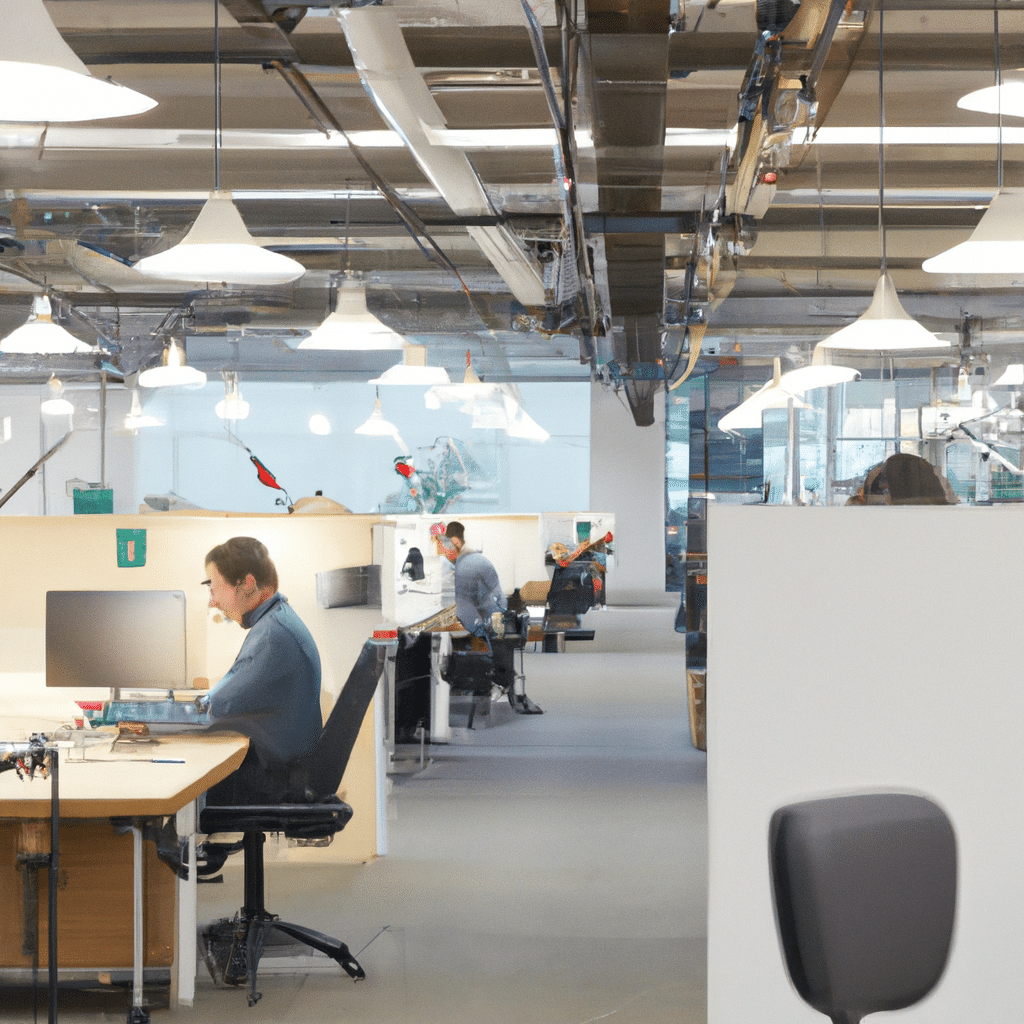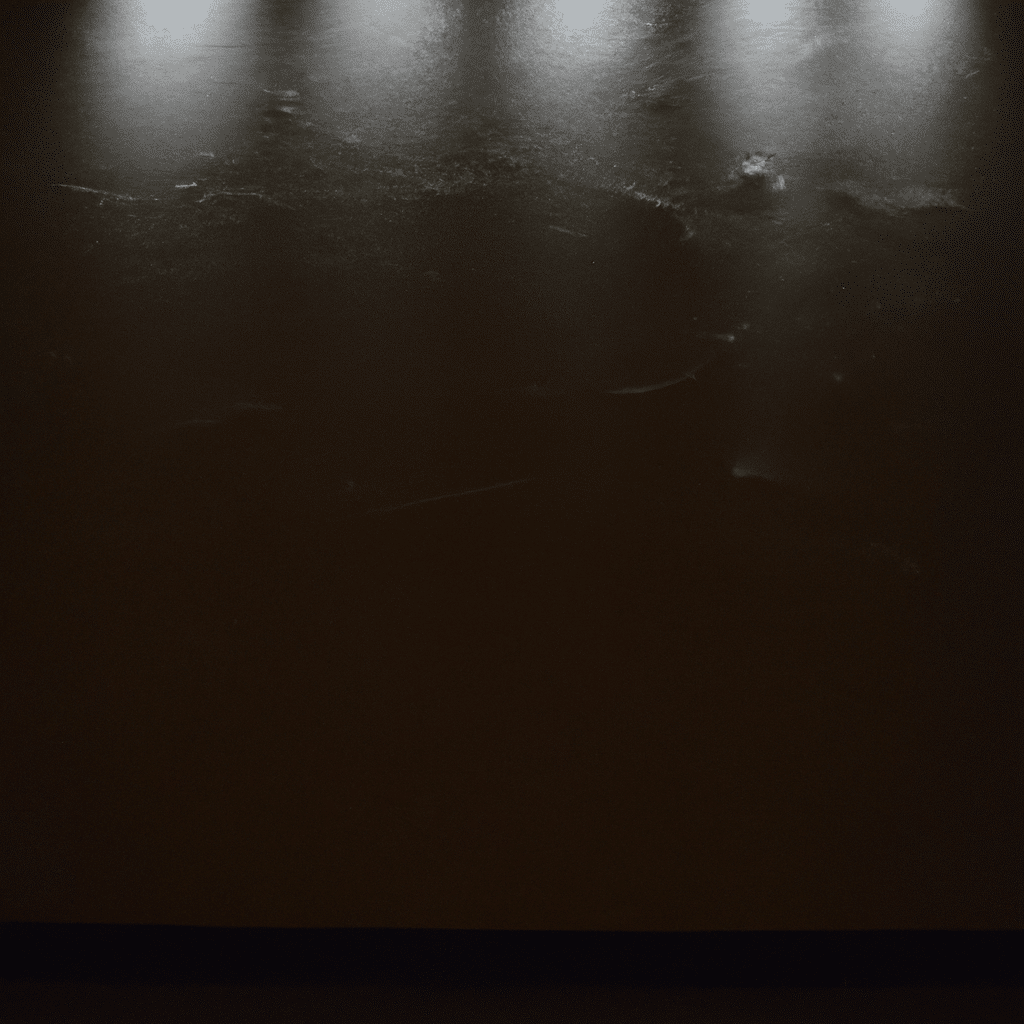
As a business owner, you’re always looking for ways to improve the productivity of your employees. You might have tried different approaches such as incentives, team-building exercises, or flexible schedules. But have you thought about the impact of lighting on the productivity of your workforce?
Believe it or not, lighting plays a crucial role in the well-being and productivity of employees. In this article, we’ll take an in-depth look at why LED lighting is the key to a more productive workplace.
The Science Behind Lighting and Productivity
Before we dive into the benefits of LED lighting, it’s essential to understand the science behind lighting and productivity. Our bodies have a natural circadian rhythm that controls our sleep-wake cycle. This rhythm is heavily influenced by the amount and type of light we receive.
Natural light is the most effective way to regulate our circadian rhythm. However, we spend most of our time indoors, where the lighting is often inadequate and inconsistent. Poor lighting can cause headaches, eye strain, and fatigue, which can significantly impact our productivity and well-being.
The Benefits of LED Lighting
LED lighting has become increasingly popular in recent years due to its energy efficiency, durability, and longevity. But beyond these practical benefits, LED lighting also has a significant impact on productivity and well-being.
Improved Mood and Energy Levels
LED lighting has been shown to improve mood and energy levels. Warm light with a color temperature of around 2700K is ideal for creating a comfortable and relaxing environment. On the other hand, cool light with a color temperature of around 5000K is perfect for work environments as it promotes alertness and focus.
Reduced Eye Strain and Fatigue
LED lighting also reduces eye strain and fatigue. Unlike traditional lighting, LED lighting doesn’t flicker, which can cause headaches and eye strain. Additionally, LED lighting provides consistent and uniform lighting, which reduces eye strain and fatigue.
Increased Focus and Productivity
LED lighting can increase focus and productivity. As mentioned earlier, cool light with a color temperature of around 5000K promotes alertness and focus. This type of lighting is ideal for work environments, especially those that require attention to detail such as offices, schools, and hospitals.
How to Implement LED Lighting in Your Workplace
Now that you understand the benefits of LED lighting, you might be wondering how to implement it in your workplace. Here are some tips to get you started:
Conduct a Lighting Audit
The first step is to conduct a lighting audit of your workplace. This audit will help you identify areas that need improvement and the type of LED lighting that’s most suitable for your business.
Choose the Right Color Temperature
As mentioned earlier, the color temperature of LED lighting plays a significant role in the well-being and productivity of employees. Choose warm light for areas where employees relax and cool light for areas where they work.
Use Task Lighting
Task lighting is essential for areas where employees perform specific tasks such as reading, writing, or using a computer. Task lighting provides focused and direct lighting, which reduces eye strain and improves productivity.
Consider Dimming
Dimming is an excellent way to control the amount of light in a room. It’s especially useful in areas where employees need to relax, such as break rooms and rest areas.
Conclusion
In conclusion, LED lighting is the key to a more productive workplace. It improves mood and energy levels, reduces eye strain and fatigue, and increases focus and productivity. By implementing LED lighting in your workplace, you’ll create a comfortable and productive environment for your employees.
Remember to conduct a lighting audit, choose the right color temperature, use task lighting, and consider dimming. By following these tips, you’ll be able to create a workplace that promotes the well-being and productivity of your employees. So, what are you waiting for? Start implementing LED lighting in your workplace today!



